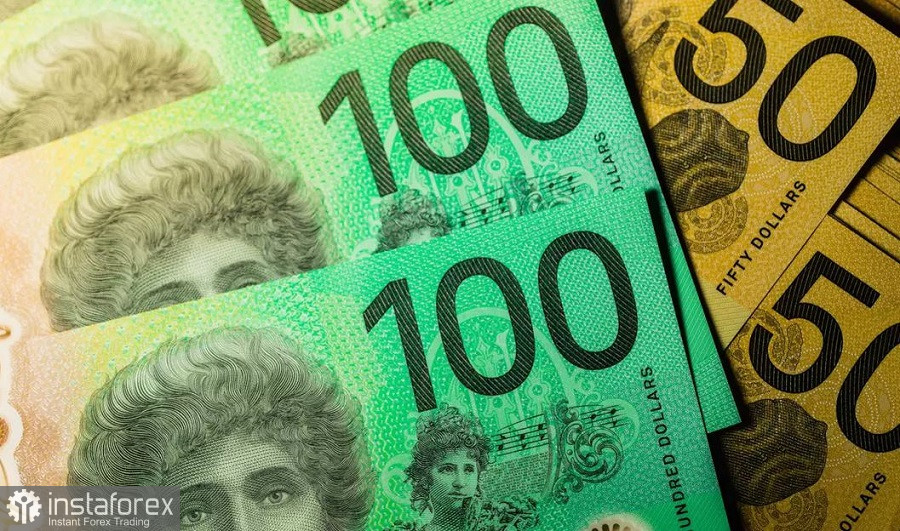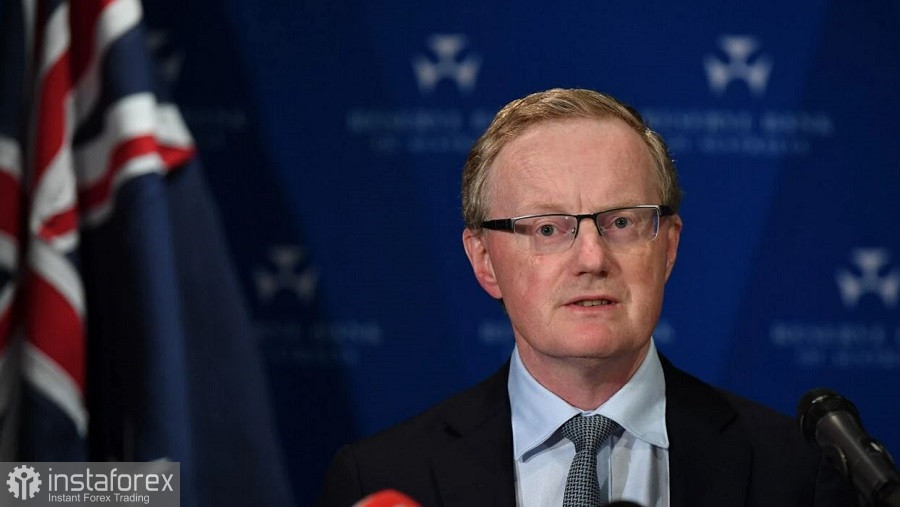On November 1, the Reserve Bank of Australia will summarize the results of its next, penultimate meeting this year. According to the forecasts of most experts, the central bank will raise the rate by 25 points, continuing to implement a moderate pace of tightening monetary policy. This time there are no "hawkish illusions", so the Australian dollar is most likely to react not to the fact of a 25-point hike, but to the subsequent rhetoric of the head of the RBA and the tone of the accompanying statement.

Despite the predictable nature of the November meeting, there is still some intrigue here. Let me remind you that during the last two weeks, key macroeconomic data on the labor market and inflation were published in Australia. If the "Australian Nonfarm" turned out to be very contradictory, then inflation indicators turned out to be in the green zone, surprising market participants with a breakthrough growth to 32-year highs. Thus, according to published data, the consumer price index in the third quarter jumped to 7.3% YoY (with growth forecast to 7.0% and the previous value of 6.1%). In quarterly terms, the indicator rose to 1.8% with a growth forecast of up to 1.6%. On a monthly basis, the CPI also came out in the green zone, reaching 7.3%. All components of the published report exceeded the expectations of most analysts.
As for the labor market in Australia, the situation here is as follows. Unemployment remained at the August level of 3.5% (that is, in the area of 50-year lows), as well as the share of the economically active population (66.6%). While the number of people employed last month increased by only 900 people.
You should also pay attention to an important point: the rate of price growth is almost three times higher than the rate of wage increases.
In general, the market is increasingly concerned that Australia will not escape the recession. Actually, amid these concerns, the RBA has reduced the pace of interest rate hikes in order to reduce the impact of side effects. And in my opinion, to date, the RBA has no reason to reconsider its position on this issue.
Here it is necessary to recall the main theses of the minutes of the October meeting of the members of the Australian central bank. The published document clearly made it clear that the RBA will raise the rate at a moderate pace in the coming months. This is eloquently evidenced by the wording of the minutes: "the members of the central bank recognized that the tightening of monetary policy has hit housing prices and household welfare, and over time may lead to a decrease in consumption (...) At the same time, the current situation requires a further increase in interest rates in the coming period."
As for inflation, it is necessary to recognize that the CPI is growing at a faster pace. But, on the other hand, it should also be remembered that, according to the RBA's forecasts, the index should reach 7.8% by the end of the year (YoY). Therefore, the current growth of inflation indicators can only cause "excessive concern" of RBA members, but no more.

Thus, in my opinion, the RBA is expected to raise the interest rate by 25 basis points at tomorrow's meeting and voice the already familiar rhetoric, despite a significant increase in inflation in the third quarter. The Australian central bank is likely to make it clear that a similar 25-point scenario will be implemented at the last meeting this year.
Given the latest inflation release, such restrained results of the November meeting may disappoint AUD/USD traders. It is also worth noting that the RBA will announce its verdict ahead of the announcement of the results of the next Federal Reserve meeting (November 2). Therefore, the market will react to tomorrow's events with an eye to this circumstance. If the RBA confirms the moderate pace of monetary policy tightening, while the Fed maintains its aggressive attitude (including in the context of the December meeting), the aussie will be under significant pressure. In my opinion, this is the most likely scenario, despite the increasing skepticism about the "hawkishness" of the Fed.
Summarizing the above, we can assume that the downward trend of AUD/USD has not been exhausted. Therefore, it is advisable to use corrective bursts as an excuse to open short positions (but only after the announcement of the results of the Fed's November meeting).
From a technical point of view, the AUD/USD pair is currently located between the middle and upper lines of the Bollinger Bands indicator on the daily chart. However, if the bears push the price below 0.6360, the aussie will be between the middle and lower lines of the Bollinger Bands, and the Ichimoku indicator will form a bearish Parade of Lines signal. In this case, the main bearish target will be the 0.6200 mark – this is the lower line of the Bollinger Bands on the D1 timeframe.
 English
English 
 Русский
Русский Bahasa Indonesia
Bahasa Indonesia Bahasa Malay
Bahasa Malay ไทย
ไทย Español
Español Deutsch
Deutsch Български
Български Français
Français Tiếng Việt
Tiếng Việt 中文
中文 বাংলা
বাংলা हिन्दी
हिन्दी Čeština
Čeština Українська
Українська Română
Română

